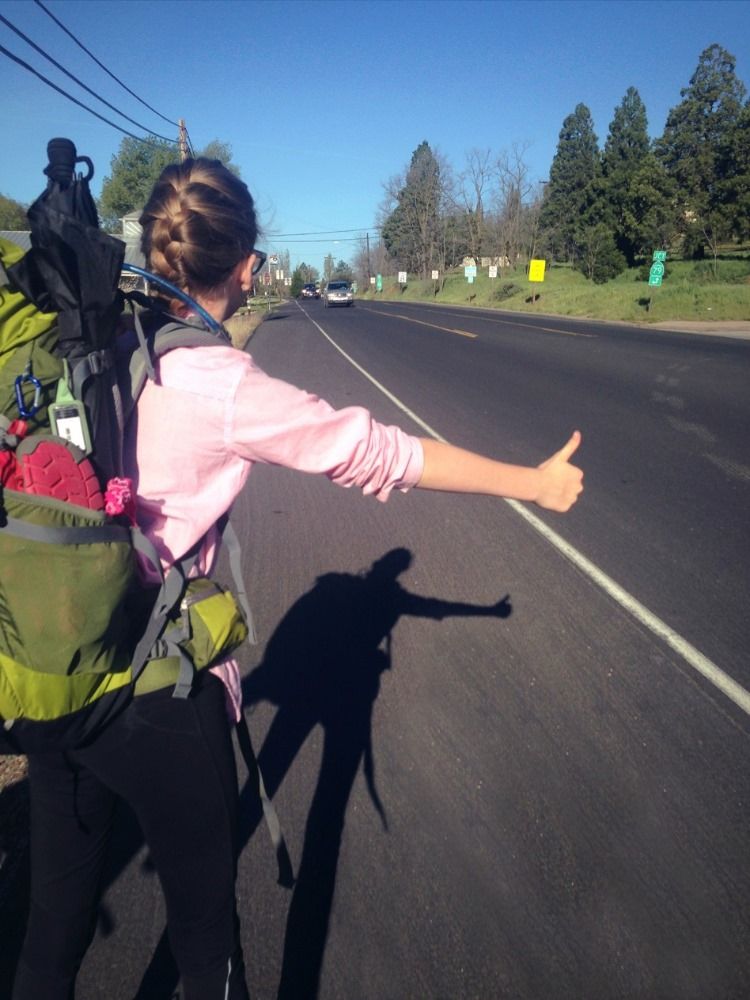Surprising Pros and Cons of Hitchhiking You Should Know
Hitchhiking has long been a symbol of adventure, freedom, and spontaneity in travel. The concept is simple: travelers solicit rides from strangers to reach their destinations. While this practice can lead to unforgettable experiences and cultural exchanges, it also carries risks and challenges that must be understood before attempting it.
- History of Hitchhiking
- Facts About Hitchhiking
- Timeline of Hitchhiking
- Pros of Hitchhiking
- Cons of Hitchhiking
- Daily Life Impacts
- Significance of Understanding Pros and Cons
- Observance and Important Points
- Common FAQs About Hitchhiking
- Wishing and Social Significance
- Conclusion: Importance in Daily Life and Society
This guide explores the history, benefits, drawbacks, daily life impacts, societal significance, and practical tips for hitchhiking, including timelines, facts, FAQs, and actionable advice. By understanding both sides of the coin, travelers can make informed decisions while embracing adventure responsibly.
History of Hitchhiking
Hitchhiking emerged alongside the development of motorized transportation:
Early 20th Century: As automobiles became widespread, travelers in rural areas often relied on the generosity of drivers, using hand signals or signs to request rides.
1930s–1940s: During the Great Depression, hitchhiking became a necessity for job seekers and migrants. It also began to symbolize freedom and adventure.
1950s–1960s: Hitchhiking gained popularity among students and youth exploring Europe and North America, often associated with counterculture and spontaneity.
1970s–1980s: Rising concerns about crime and accidents led to decreased popularity, yet hitchhiking remained part of the adventurous traveler’s culture.
21st Century: Modern hitchhiking continues, influenced by digital platforms, safety awareness, and ride-sharing alternatives.
Facts About Hitchhiking
Cost-effective: Hitchhiking offers a low-cost travel alternative.
Cultural immersion: Travelers interact with locals and experience authentic regional life.
Adventure appeal: It attracts those seeking spontaneity and unique experiences.
Variable legality: Laws differ across countries and regions; some restrict hitchhiking on highways.
Safety concerns: Risks include accidents, crime, and untrustworthy drivers.
Social perception: Considered adventurous by some, reckless by others.
Global practice: Hitchhiking has cultural and historical roots worldwide.
Modern enhancements: Apps, forums, and online communities help enhance safety and connectivity.
Timeline of Hitchhiking
1900–1920: Early hitchhikers on rural roads; no formal rules.
1930s: Great Depression boosts hitchhiking out of necessity.
1950s–1960s: Peak popularity among youth and travelers.
1970s–1980s: Decline due to safety and traffic concerns.
1990s–2000s: Hitchhiking remains subcultural; ride-sharing apps start emerging.
2010s–Present: Digital tools improve safety, community guidance, and awareness.
Pros of Hitchhiking
Cost Savings: Travel without paying for transport reduces expenses significantly.
Cultural Exchange: Provides opportunities to meet locals and understand different lifestyles.
Flexibility: Allows spontaneous travel without fixed schedules or routes.
Adventure and Exploration: Creates memorable experiences that structured travel cannot replicate.
Environmental Impact: Sharing rides can reduce carbon footprint compared to solo driving.
Cons of Hitchhiking
Safety Risks: Potential for accidents, crime, or encountering unreliable drivers.
Unpredictable Timing: Travelers may experience delays or extended waiting periods.
Legal Restrictions: In some areas, hitchhiking is illegal, and violations can result in fines or penalties.
Limited Access: Certain highways or remote areas may prohibit hitchhiking.
Discomfort: Travel conditions, space constraints, and long rides may be inconvenient.
Daily Life Impacts
Hitchhiking affects travelers, drivers, and communities in various ways:
For Travelers: Encourages resourcefulness, situational awareness, and communication skills.
For Drivers: Offers opportunities to help others but carries responsibility for safety and trust.
Community Impact: Influences social perceptions, trust, and safety in shared spaces.
Urban vs. Rural: Rural areas often offer safer and more culturally accepted hitchhiking opportunities.
Modern Technology: Apps and forums improve safety, provide guidance, and connect travelers with trustworthy drivers.
Significance of Understanding Pros and Cons
Understanding the pros and cons of hitchhiking is essential for personal safety, cultural awareness, and informed decision-making:
Personal Growth: Develops confidence, problem-solving skills, and adaptability.
Social Awareness: Teaches respect for cultural norms, social trust, and community engagement.
Travel Planning: Helps travelers balance adventure with safety, timing, and legal considerations.
Cultural Exchange: Maximizes meaningful interactions with locals while minimizing risks.
Responsible Adventure: Encourages sustainable, ethical, and safe travel practices.
Observance and Important Points
For safe and responsible hitchhiking, consider these practices:
Research Local Laws: Understand where hitchhiking is permitted and where it is prohibited.
Safety First: Travel with companions, maintain communication with family or friends, and trust instincts.
Visible Signals: Use clear gestures or signs to request rides safely.
Evaluate Drivers: Ensure driver behavior, vehicle condition, and trustworthiness before accepting a ride.
Prepare Essentials: Carry water, food, ID, and communication devices.
Respect Boundaries: Follow driver rules, avoid risky behavior, and maintain hygiene.
Use Technology: Apps, forums, and social networks can enhance safety and provide community guidance.
Cultural Awareness: Observe local customs regarding gender, social norms, and traditions while hitchhiking.
Common FAQs About Hitchhiking
Q1: Is hitchhiking safe?
A: Safety depends on preparation, awareness, and responsible behavior. Digital tools and communication help mitigate risks.
Q2: Who commonly hitchhikes?
A: Budget travelers, backpackers, adventurous youth, students, and long-distance commuters.
Q3: Can hitchhiking be considered cultural exploration?
A: Yes. It provides direct interaction with locals and authentic cultural experiences.
Q4: Are there safer alternatives?
A: Ride-sharing apps, community carpooling, and online hitchhiking forums offer structured, safer alternatives.
Q5: What should I do if I feel unsafe?
A: Politely decline rides, seek public or safe areas, and contact authorities if needed.
Wishing and Social Significance
Understanding hitchhiking’s pros and cons has personal, societal, and cultural benefits:
Empowers Travelers: Builds confidence, adaptability, and situational awareness.
Encourages Social Trust: Fosters kindness, collaboration, and empathy between strangers.
Promotes Cultural Exchange: Offers firsthand learning and cross-cultural engagement.
Economic Advantage: Reduces travel costs and supports sustainable travel options.
Balances Adventure with Responsibility: Helps travelers enjoy experiences safely and ethically.
Conclusion: Importance in Daily Life and Society
Hitchhiking is a unique, adventurous, and often educational mode of travel. From its historical roots in early automobile culture to modern digital enhancements, it has shaped perceptions of freedom, resourcefulness, and human connection.
In daily life, hitchhiking encourages adaptability, social interaction, and personal growth while also emphasizing caution, preparedness, and respect for laws. Socially, it promotes trust, cultural exchange, and responsible behavior in shared spaces. By understanding the pros and cons of hitchhiking, travelers can make informed choices, enjoy meaningful experiences, and contribute positively to their communities and the environment.
Ultimately, hitchhiking is a rewarding but challenging adventure, best approached with awareness, respect, and responsibility. By balancing risk and opportunity, travelers can enjoy safe, culturally enriching, and memorable journeys.








